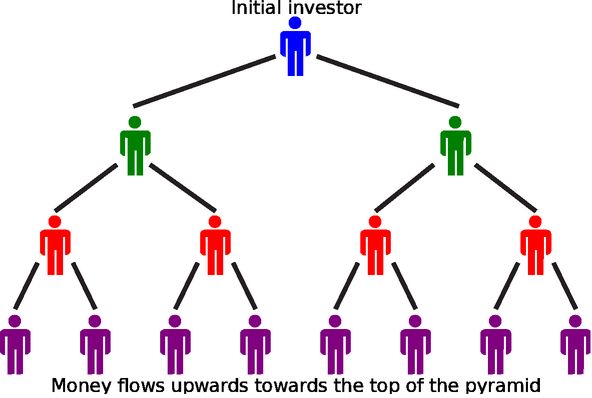Which is the better investment option for Cokisa if the amount she will deposit will always be the same?
There are two separate account options for Cokisa to consider; to determine which is the better option we need to compare the effective interest of each option. The higher the effective interest, the quicker the account will grow. The effective interest formula is:
\begin{align*} i + 1 & = \left(1 + \frac{i^{m}}{m} \right)^{m} \\ \text{Where: } \quad & \\ i & = \text{the effective interest rate} \\ i^{m} & = \text{the nominal interest rate} \\ m & = \text{the number of compounding periods each year} \end{align*}Work out the effective interest for option A:
\begin{align*} i & = \left(1 + \frac{\text{0,0776}}{\text{3}} \right)^{\text{3}} - 1 \\ & = \text{0,07962} \ldots \end{align*}This calculation shows that option A an effective interest rate of about \(\text{7,9625}\%\).
Now work out the effective interest for option B:
\begin{align*} i & = \left(1 + \frac{\text{0,0778}}{\text{2}} \right)^{\text{2}} - 1 \\ & = \text{0,07931} \ldots \end{align*}For option B, the effective interest rate will be approximately \(\text{7,9313}\%\).
By comparing the two calculations above, we see that the option A is the better one.
NOTE: It may seem that we could answer this question by picking an amount for the regular payment and then using the future value formula for each of the two options to see which one produces more money. However, this will not work because the compounding periods are different. If we want to work it out this way, we MUST adjust the payment value we use according to the compounding period, for example if we choose a regular payment of \(\text{R}\,\text{100}\) once every four months for option A, then we will have to use \(\text{R}\,\text{150}\) semi-annually for option B (because \(\text{R}\,\text{100} \times \text{3} = \text{300}\) is the same total amount per year as \(\text{R}\,\text{150} \times \text{2} = \text{300}\)).

